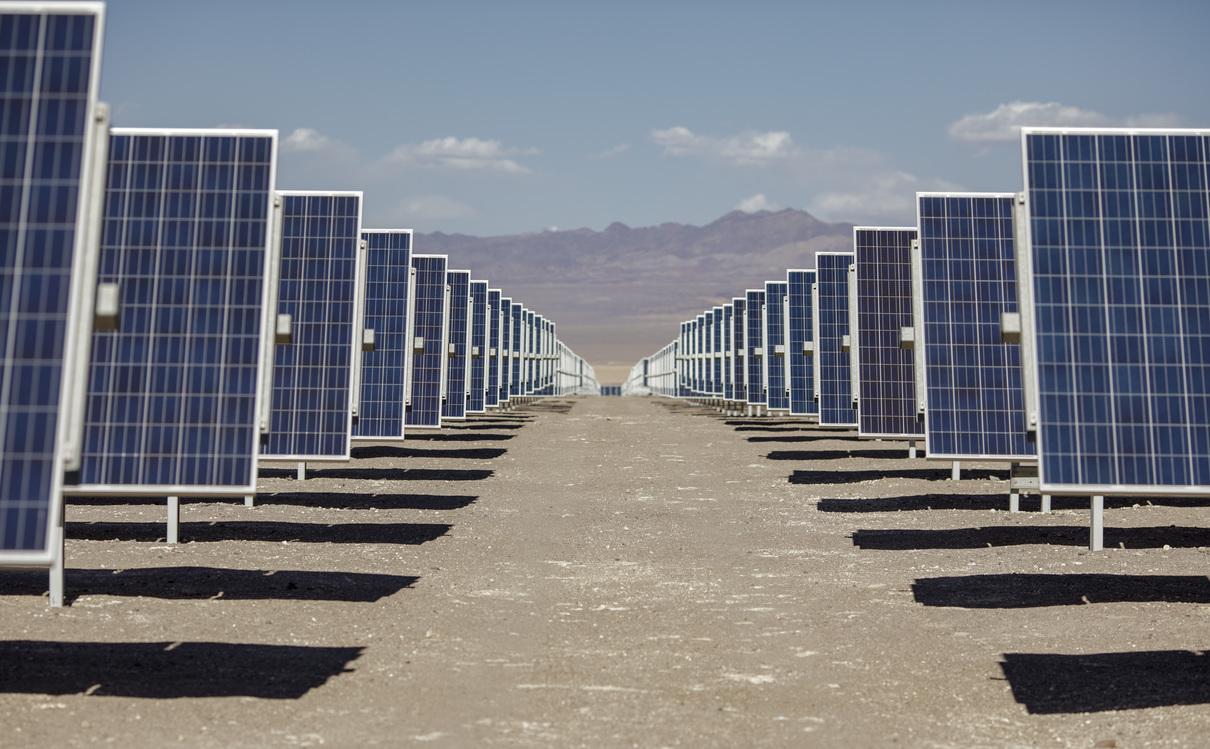Published on March 22, 2021
This is Part 1 of our sustainability series to preview our upcoming publication about sustainability of Power-to-X and hydrogen. Read the introduction here. Visit our website regularly to stay up to date.
Hydrogen and power-to-X (PtX) products offer a unique opportunity to defossilise industries that cannot rely on electrification alone, such as aviation, maritime transport, and the steel, cement, and chemical industries.
However, producing hydrogen and other PtX fuels is energy intensive. As electricity is the main production input, the specific method of power generation is a fundamental determinant of the environmental impact of PtX products. To ensure sustainability, the input power must be both renewable and additional, as explained in the following.
First requirement: renewable
The method of power generation used to produce hydrogen and other PtX fuels is by far the most significant driver of associated greenhouse gas (GHG) emissions. Given the large volume of power needed to manufacture PtX products, reliance on renewables, including wind and solar power, is essential.
Second requirement: additional
It is also important to ensure that PtX does not undermine the broader energy transition, as soaring power demand for PtX production could entrench reliance on fossil-based generation. Therefore, the power used to produce PtX should be additional, meaning that it should come from additional renewable plants, beyond “baseline” capacity levels.
Furthermore, this baseline should not be defined by present-day renewables production, but rather by anticipated renewable-expansion targets and trajectories. In this way, additional capacity used for PtX should not be included in institutional support schemes for renewables, nor count toward the fulfillment of renewable targets.
Ensuring the sustainability of additional capacity for PtX
It is important to consider the following criteria when seeking to assess whether renewables capacity truly fulfills the requirement of additionality:
- In the likely case that the electricity is supplied by a dedicated power plant, a certain degree of temporal correlation between power generation and PtX production should be established. Allowing PtX electrolyzers to run when the power plant is not generating electricity would mean sourcing power from the grid, potentially requiring additional demand to be met by fossil or nuclear plants.
- A certain degree of geographical correlation between generation and PtX production should be established to avoid increasing existing and future grid congestion.
Coherent and comprehensive regulatory rules will be required to ensure these criteria are upheld.
RED II paves the way for future sustainability standards
Currently, the European Union’s revised Renewable Energy Directive (RED II) is one of the first regulations to set forth sustainability criteria for electricity used to produce “Renewable Fuels of Non-Biological Origin (RFNBOs).” The directive mentions the criteria presented above, and sets a 70% minimum threshold for the GHG emissions savings of RFNBOs.
The exact rules and the methodology applied to assess compliance will need to be defined in the Delegated Act of Article 27, due by June 2021. A recast of the directive in line with the Commission’s European Green Deal is also expected by June 2021.
As one of the first regulations to include renewable fuels, RED II and its Delegated Acts will constitute a landmark in sustainability standards for hydrogen and PtX products, potentially serving as a blueprint for other sectors and countries. It will therefore be fundamental to include all energy sustainability dimensions in the directive.
The sustainability of hydrogen and PtX must be considered in national strategies and NDCs
The inclusion of PtX sustainability requirements in national abatement strategies and Nationally Determined Contributions (NDCs) can help to ensure that PtX fuels are truly less carbon-intensive than their fossil-based counterparts.
PtX is sure to represent an important pillar of our defossilised future – but only if it is sustainable.
Contributor to this article is Giulia Varaschin.
